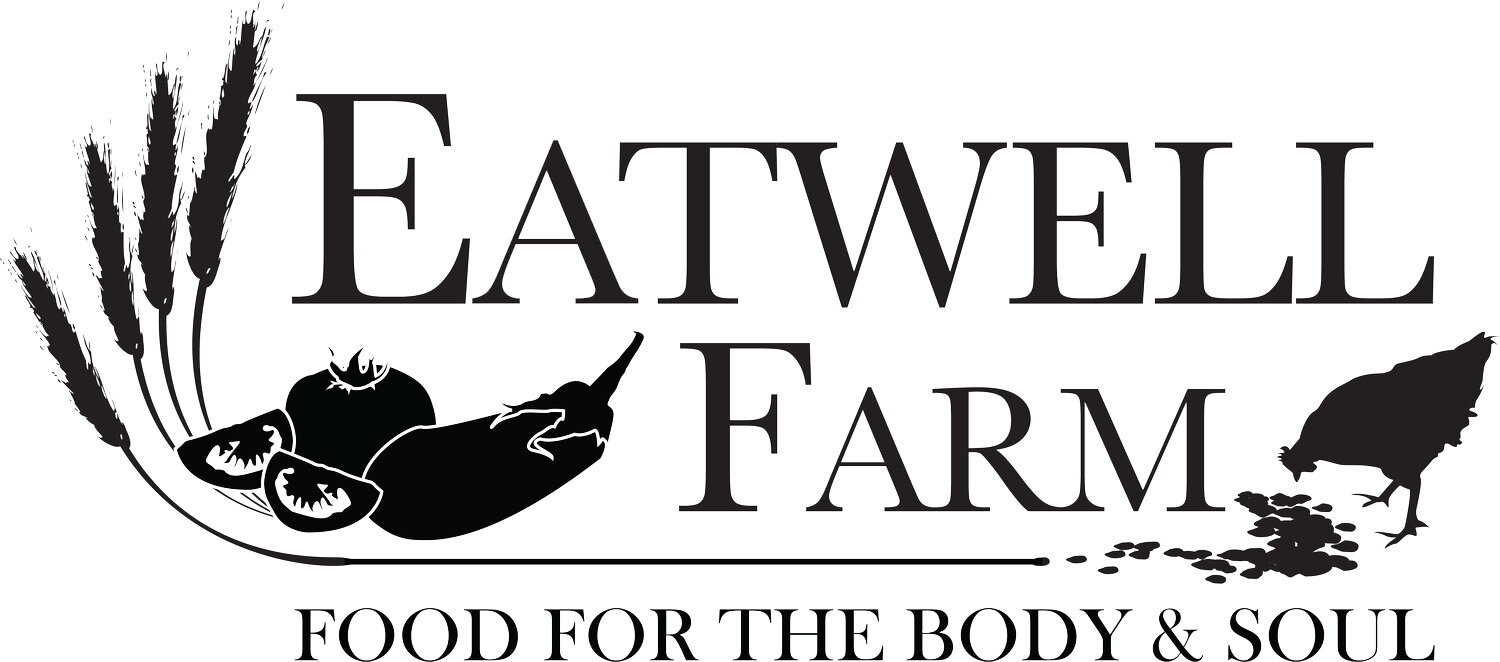Last week I spent Tuesday and Wednesday talking chickens with my fellow members of the Sustainable Poultry Network SPN. These are farmers and breeders like us mostly from the Pacific States but there was a one from Georgia.
The big focus of this year’s teach-in was nutrition. All the research and information on what to feed your chickens are based on the factory farmed chicken’s needs. They live in air conditioned warehouses, not knowing if it is day or night, winter or summer. This combined with the fact that they are so inbred means that their needs are worlds apart from our Black Austrolorps, Bruce and Sheila.
Our Austrolorps are resilient. We have seen that this year as we have raised so many chicks on pasture and lost so few. Raising hybrids you expect to loose 10% from day olds to point of lay. To get the best from our girls we have to feed them right, and that was what Jeff Mattocks, a poultry nutritionist from the company Fertrell, was hammering home. Jeff is also a director of The American Pasture Poultry Producers Association (APPPA.org) with 20 years experience formulating feed so he knows his stuff.
The crux of what I came away with is that we need to be more precise with feeding. Meaning at different stages of growth the feed has to change more often than it does now and with the seasons. Now with the rain and cooler weather the girls need more energy in their feed than they did two weeks ago when it was 85F. When the girls first start to lay the small pullet eggs they need a feed higher in protein as they are still growing. After a month or so when the egg size increases we put them on the regular layer feed. This is a lot of work but two things that make a big difference towards producing the delicious eggs that we all enjoy, and that is how many they lay and how much they eat. Getting this right makes a big difference financially at the end of the year.
I am still digesting all the knowledge and formulating plans…Nigel

